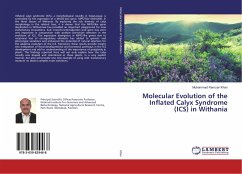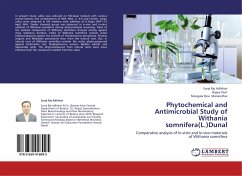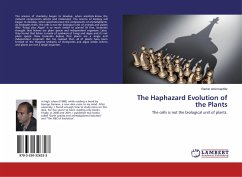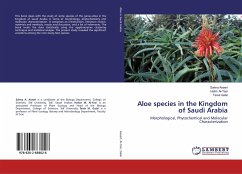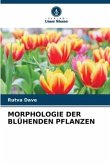Inflated calyx syndrome (ICS), a morphological novelty in Solanaceae, is controlled by the expression of a MADS-box gene, MPF2-like (WSA206), in the floral tissues of Withania. By exploring the rich diversity of calyx morphology in the related taxa, it is shown that the MPF2-like gene duplication in Withaninae has provided an important playground for new evolutionary innovations. Sub- (neo)-functionalization and gene loss were very important in conjunction with positive Darwinian selection in the evolution of ICS. The expression divergence in MPF2-like genes due to reciprocal loss of cis-regulatory elements has added to genetic and phenotypic variations and enhanced the potential of natural selection for the adaptive evolution of the ICS. Moreover, these results provide insight into integration of floral developmental and hormonal pathways in the ICS development and add to understanding of the importance of polyploidy in plants. The findings reported here will not only explain how the calyx novelty was shaped and maintained in these plants, in a very explicit manner, but also will provide one nice example of using wild 'evolutionary mutants' to dissect complex traits variations.

